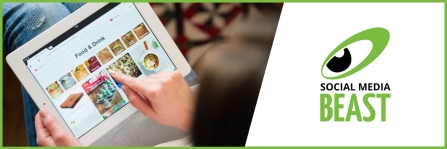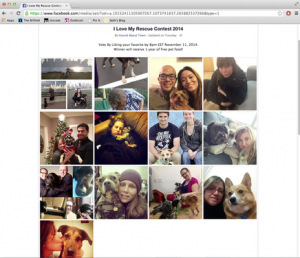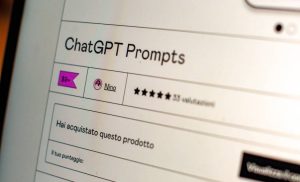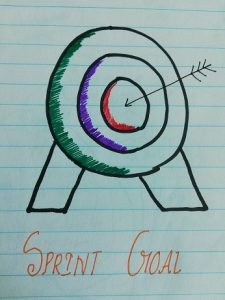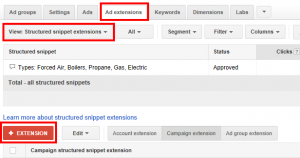With virtual reality, Snapchat, live-streaming, Instagram Stories and tons of other updates in social media releasing constantly, it might be easy to forget about one network: Pinterest. The virtual pinboard application with a social spin might seem “so 2013” to brands always looking to jump on the next big thing.
But with 100 million active users – many of whom are pinning items they might one day purchase – Pinterest can be a robust tool for brands to both help their customers and drive sales. Plus, it’s newest options make the platform even more appealing to companies in certain markets looking to connect with a dedicated audience.
What is Pinterest?
If you’re brand new to Pinterest, here are the basics. Users create virtual pinboards (usually focused on a theme such as “wedding” or “home decor”) and “pin” links, videos and photos to that board. It’s a way for users to organize bits of their lives, create ideas, bookmark interests, curate collections and explore passions.
Pins are tagged with descriptions, which help other users find them and pin them, too. Branded pages are available for companies, and operate in largely the same way as user pages.
What’s new to Pinterest?
Pinterest has made a big push toward advertising tools for brands over the past year, as well as introduced new native videos.
Promoted Pin targeting: In the past, brands could promote pins based on Pinterest’s demographic data, such as pinners’ interests, keywords, searches, device and location. But earlier this year, it beefed up its ad tools to include brands’ own data.
That means companies can input what they know about customers with what Pinterest knows about customers. This is done in three new ways: targeting existing customers with email or mobile ID, reaching people who visited your site, or targeting people who behave like your customers.
Buyable pins: Pinterest has long been a place for users to save items they might want to purchase later – like a one-stop wish list or registry. But earlier this year, it streamlined the purchasing process when it rolled out buyable pins for a limited number of large retailers, and smaller retailers using Shopify and Demandware. For now, these are the only groups that can use this option.
Video: Pinterest has long supported video, but only those hosted on 3rd party sites. Soon, however, it will launch its own native video player and recorder. Video is a natural extension of the brand, and could be a means for users to save DIY explainers, product demos, beauty tutorials and home decor walkthroughs.
Where is the platform headed?
Pinterest appears to be positioning itself as not only a place for passion, but purchasing, which could make it an indispensable social tool for consumer product companies. So far, we’ve seen Pinterest focus more on tools brands can use, with its new targeting abilities and on-platform.
It also understands the usefulness of its robust search function, evident with its push for native video. These search tools mean that it will be easier for users to find videos on Pinterest than say, Facebook, where they live within a page. It also means it can leverage its browsing tools for video.
Is it working for brands?
The short answer? Yes. But the longer answer is that – as with all social media – it depends on the brand, optimization and time spent on the platform.
Here are a few quick stats:
- 42 percent of adult women use Pinterest
- 93 percent of pinners use it to plan future purchases.
- Users who engage with promoted pins spend 7x more than users who don’t
Should my brand be on Pinterest?
Pinterest is prime for consumer products, and if your company directly creates and sells anything in beauty, fashion, food, travel, design or decor, it should probably be on Pinterest. That’s because those verticals allow for both self-expression, creation and purchasing, and Pinterest will help you meet your customers where they are searching for more information and products to fuel their passions.
But do not discount Pinterest if you do not fall within those industries – or even if you’re B2B. It’s just important to make sure your brand’s goals align with Pinterest’s capabilities and audience, and that you are not merely creating a profile for the sake of creating a profile.
Here are a few top brands on Pinterest:
- Petplan Insurance: Yes – pet insurance. Petplan met the wants of its passionate, animal-loving audience through helpful health and wellness tips. It created a community versus pushing sales.
- Lowe’s: The home improvement store needed to help weekend warriors start on their newest project. On Pinterest, they created a space to inspire DIY enthusiasts and host how-to’s for projects.
- Artifact Uprising: The company, which creates real products from photos, probably would no longer be in business if it weren’t for Pinterest. Today, it not only creates product pins, but shows interesting ways to use their products.
Share and let us know what you think. Is your business on Pinterest? If so, how do you use it? And what do you think about Pinterest’s new capabilities?
Digital & Social Articles on Business 2 Community(47)
